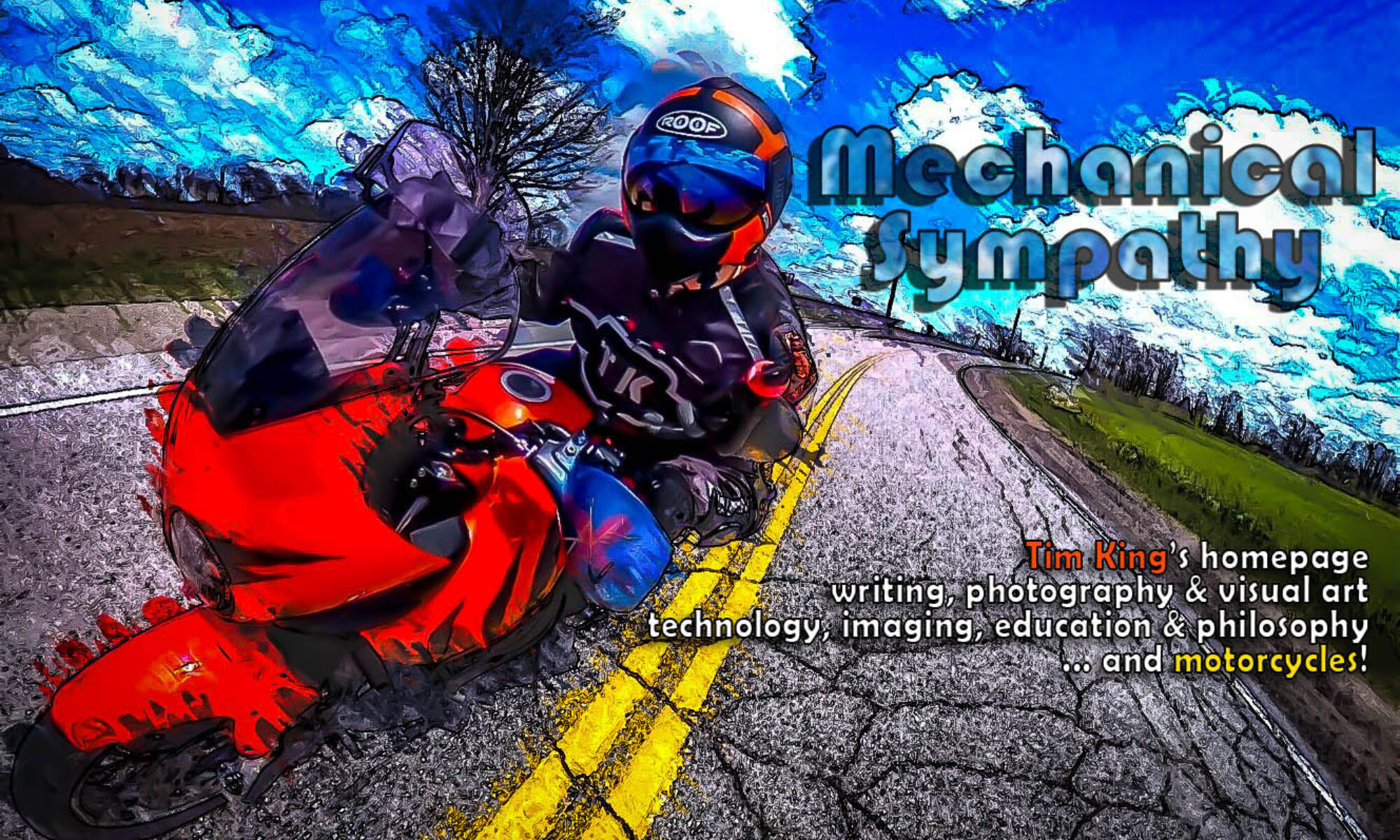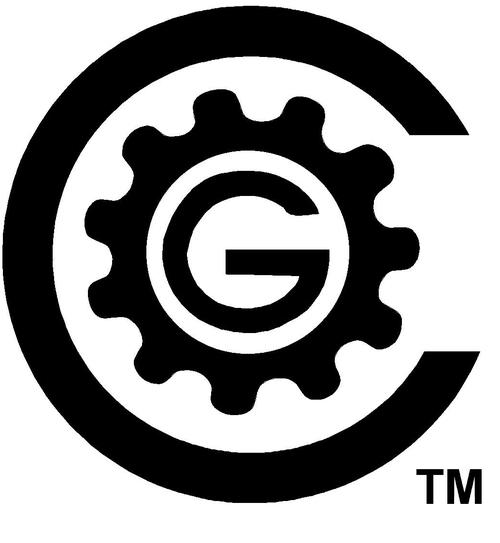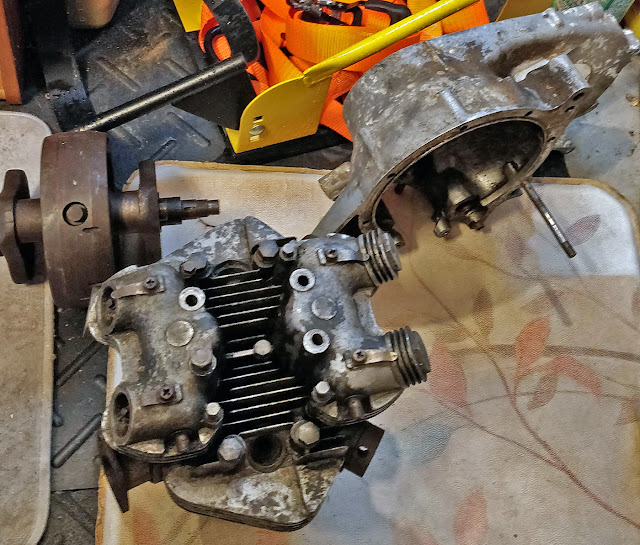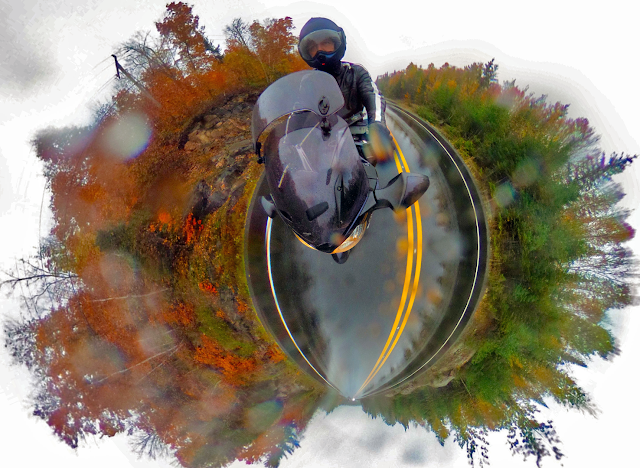I’ve been told that one of the best parts of owning a Concours is the Concours Owners Group. I just signed up for a year’s membership and I’m already overwhelmed by all the information in the forum.
Looking at the calendar, there is a local meeting tomorrow only a 45 minute ride away. For a group that covers a huge geographical area, they offer a chance to meet face to face around the corner; very cool.
Between COG and the huge aftermarket available, it looks like the Concours is the canvas I’ve been looking for.
1971 Triumph Bonneville T120 Online Resources
Searching the internet for parts and technical details for a 1971 T120 Triumph Bonneville 650cc air cooled twin. Here’s what I’ve found – hope it helps if you’re looking for similarly vintage parts and details.
Technical Details
https://www.tomcc.org/Triumph/FrameNumbers
https://www.fagengine.com/blogs/tech/triumph-engine-and-frame-numbers
https://triumph-tiger-90.com/dating-your-triumph/
https://www.baxtercyclebooks.com/FB/Triumph_1971_650cc_models/index.html
https://wiringdiagram.2bitboer.com/1971-triumph-bonneville-wiring-diagram/
https://drive.google.com/file/d/1sbSds50ChTpY_7q8SkhFVOQ5QoRAgc6y/view?usp=sharing
| Love me some hand drawn drafting! |
Parts
https://vintagetriumphparts.com/?model_filter_id=7
https://www.lowbrowcustoms.com/collections/vintage-triumph-parts
https://www.trojanclassics.com/header-pipes-triumph-tr6-t120-1971-balanced-pair-g
https://burtonbikebits.net/triumph-parts/
https://www.baxtercycle.com/product-category/vintage-triumph/
https://www.thebonnevilleshop.com/
https://kmjonesmotorsports.com/about
from Blogger https://ift.tt/3nwLgcy
via IFTTT
Triumph Tiger 955i on the edge of winter
Single digit temperatures make for a brisk ride. This one was down to Guelph Line before coming back home and warming up again. All photos taken with a Ricoh Theta 360 camera set to fire automatically every 6 seconds, attached to the rear view mirror using a flexible tripod. Here’s a walkthrough if you want to try it yourself.
from Blogger https://ift.tt/3E97xUL
via IFTTT
Royan’s Delemma
This post originally published on Dusty World, Thursday, 18 July 2013
Royan Lee’s Spicy Learning Blog (it’s in my list of favourites on the side of Dusty World), asks some hard questions as digital technology matures and reaches mass appeal…
“How are we going to do this, folks? How will we foster critical mindsets of what it means to check that I Agree button, especially in regards to students that are in our charge but not our own children?”
My response…
There is something about mass adoption that shifts a market from focusing on literate early adopters to the willfully ignorant masses. When the herd finally adopts a technology it becomes a race to reach the widest range of people (including the lowest denominator).
When they started manufacturing automobiles in the early 1900s each one was hand crafted, almost unique and required either your own personal mechanic or you were the mechanic. As automobiles became more popular, the landscape changed, systems became synchronized, the car became a cookie cuttered piece of mass assembly designed in more complicated ways to ask less of the driver – the only sense of individuality was found in the frantic marketing. The technology itself matured into operator simplicity in order to get even the most incompetent people behind the wheel.
 Sound familiar Microsoft? Google? Apple? Fanboy/girlism is one of the clearest signs that we’ve moved past the early adopter stance on digital technology and are now catering to the main stream (I say that in the most derogatory way possible) where marketing dictates sales because the majority of people have no idea how the technology works. It’s in this environment that giant legal documents creep in to user agreements and business finds more insidious ways to make use of the ignorant consumer.
Sound familiar Microsoft? Google? Apple? Fanboy/girlism is one of the clearest signs that we’ve moved past the early adopter stance on digital technology and are now catering to the main stream (I say that in the most derogatory way possible) where marketing dictates sales because the majority of people have no idea how the technology works. It’s in this environment that giant legal documents creep in to user agreements and business finds more insidious ways to make use of the ignorant consumer.
If you look at owner’s manuals from long ago they were full of technological information on how the product worked (so you could fix it). Nowadays you get legalese and idiot diagrams designed to hide the inner workings. The machines themselves are even put together intentionally to prevent you from repairing them.

The only real way to save yourself from the vapid consumerism and accompanying ignorance that drives mass adoption is through the hacking ethos of maker culture; this has never died. Cars are being stamped out for the unwashed masses by multi-nationals but there has always been a thriving underground of maker/hackers who ignore the rules designed for the ignorant and come to relate to the technology in a direct, more complete way.
If you want to save yourself and your students from this ignorant, consumerist relationship with technology then find their inner hacker! Get into the nuts and bolts and bend technology to your will. Using your hands and your head to get inside the machines sold to us frees you from the consumerist trap. Freedom is only a hack away!
Some reading to save your mind:
http://www.matthewbcrawford.com/ a brilliant, modern attack on consumerist thinking and the power of your hands to save you
… and the follow up: http://www.matthewbcrawford.com/new-page-1-1/
I used to have links to the maker manifesto here but evidently it’s been turned into a book and isn’t available online any more. That says something about the current state of the maker movement…
Don’t give up! Just don’t follow the road more travelled, even if it’s paved for you by people determined to monetize you…
 |
| MediaSmarts: Battling Consumerism |
CBR900RR Bits & Pieces
1997 Honda CBR900RR parts, but I’m buying too many online when I’d rather buy them locally. For someone who would rather support local business, I’m frustrated at the lack of competent parts people. Canadian Tire needs to do better.
Fram oil filters:
The oil filter for the CBR is a fairly common filter – but the big Canadian Tire in Guelph didn’t have one… or anything else I needed. It’s things like this that force me online to purchase when I’d rather just purchase locally.
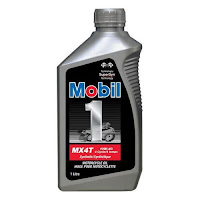 Strangely, the Walmart across the street, the only place I can find the Mobil 1 oil Triumph calls on for the Tiger, had an oil filter for the Honda. Not a great weekend for Canadian Tire. You can’t really brag on having 200,000 parts if your sales rep can’t find any of them.
Strangely, the Walmart across the street, the only place I can find the Mobil 1 oil Triumph calls on for the Tiger, had an oil filter for the Honda. Not a great weekend for Canadian Tire. You can’t really brag on having 200,000 parts if your sales rep can’t find any of them.

Winter flushing oil:
This is what I’m going to put in the Honda over the winter as it gets sorted. In the spring I’ll do a flush and go with Mobil 1 synthetic.
The only place I can find the Mobil 1 is at Walmart – it’s the only time I usually go there. Since I’m already there for the Tiger, I’ll go for 7 litres and do the Tiger and CBR with the same super-oil. Running the Mobil 1 in the Tiger has stopped any oil burning in it. It’s good stuff.
K&N Filters for CBR900:
https://www.knfilters.ca/honda/cbr900rr/900/1997
The HA-9092-A air filter is a strange thing – I thought the filter element would pop out of the plastic, but it’s a single (expensive) manufactured piece. Finding these is tricky. You can find cheap, paper filters for about $40 a go, but I found the K&N on Amazon for $120CAD, so that’s going in and getting cleaned regularly. That should pay for itself within three changes.
I’m not in a place where I’m going to put the front end back together again and pop in the replacement LED when it comes in this week. With the replacement carb from NCK Salvage in hand, I’m going to try and rebuild as much of the Honda as I can over the long weekend (it’s Thanksgiving Weekend in Canada).
The Strange World of Dash Bulbs:
12v 1.7W wedge dash light is the warning light bulb needed for a ’97 Honda CBR900RR. These are hard to find – Canadian Tire was no help and the girl at the parts desk in Guelph couldn’t remember the numbers for parts, so I gave up on trying to find them. I want to buy locally, but with that kind of floor help, it just isn’t happening.
 I found LED replacement lights that should last better and use less electricity in the process on Amazon.
I found LED replacement lights that should last better and use less electricity in the process on Amazon.
This light search led to a crash course in bulb sizing. The dash lights on the CBR900RR are T-5 Wedge 12v 1.7W bulbs. T5 means it has a 5mm base. In this case they’re 1.7cms long on that 5mm base. The LED should be cooler, use less electricity and be brighter.
from Blogger https://ift.tt/2pjDZ5u
via IFTTT
1971 Triumph Bonneville Motorcycle Restoration: the baseline
Baseline photography for this 1971 Triumph Bonneville restoration project:
from Blogger https://ift.tt/3aO6n4d
via IFTTT
Pannier Thoughts: Motorbike Repair Kit Gear
Having never had on-bike storage before, or a bike designed to cover big distances, I’m thinking about what I could leave in the bottom of the panniers to keep us on the road.
Here’s the short list so far:
A bike specific multi-tool, this BikeMaster metric device covers a lot of bases in terms of general usefulness.
$16.18 from canadasmotorcycle.ca
300g
Puncture Repair Kit. Many moons ago I used to do this at Canadian Tire, so plugging a tire is nothing new, and if I’ve got the bits I need on the road I’ll be able to get us going again in short order.
$~20 from Canadian Tire
200g
Yukon Steel Multitool. I use a generic one at work all the time. They work well and I don’t need a fancy brand to somehow validate my handiness.
$30 from Canadian Tire
325g
I’m also going to grab a lightweight nylon tarp. You can get tough, camping ready ones that only weigh about 500 grams and fold up into the size of an envelope. Along with a little roll of duct tape, small hand pump, some nylon string and a mini wd40 can, I’d have a very light and small collection of handy bits and pieces that would keep us moving if we ran into a problem.
Riding In The Rain: A ride into Algonquin Park in October
Deerhurst Resort to Algonquin Park and back again, chased by the rain.
Algonquin Park in the rain at the height of autumn colours. The Theta 360 camera held up but I eventually pocketed it when the deluge become too heavy. The camera is mounted on a ball mount on the handlebars and set to fire automatically every 10 seconds. Photos captured in the Theta camera app and then modified/enhanced in Photoshop.
If you’re curious about how to put together on-bike photos, check this how-to out. It’s also available on Adventure Bike Rider Magazine’s site here. You can pick up a simple 360 camera for a couple of hundred bucks. Fully waterproof ones (which I obviously need) start a bit higher.
Post from RICOH THETA. – Spherical Image – RICOH THETA
from Blogger https://ift.tt/3lwnWfn
via IFTTT
One To Add To Your Ontario Rides List: Huntsville to Rosseau to Port Carling
https://goo.gl/maps/ss7VMTaf1LVey7j76
If you’re up in the Muskokas, this is a nice ride. It’s about 60kms through Canadian Shield/lake of the woods on some very non-southwestern Ontario windy roads. It started off overcast but then the sub broke through and painted the already incredible October Ontario fall-colours with a nuclear paintbrush.
The Concours and I managed it in about 90 minutes from Huntsville to just outside of Port Carling. The road is in reasonable condition (for Ontario) and it’s never dull. The initial bit on Muskoka Road 3 is a nice warmup, but it’s the 632/7 from Rosseau to Highway 118 that really pops!
It sure is pretty in October…
from Blogger https://ift.tt/30qjTtb
via IFTTT
Binary Thinking
More notes from Phoenix, along with some editorializing:
Education is an analogue, non-linear, complex, biological process because we are non-linear, complex, biological organisms. Data and the technology that produces it are none of those things. Data might point to a vanishingly small piece of this complex puzzle, but it will never explain, justify or encompass education, no matter what vested interests might tell you.
Digital technology is turning our thinking binary. How do you feel today? A) good B) bad By participating in this data gathering process you have reduced your complex mental state to an absurdity. Every question is reductive, every piece of data a feathery abstraction of a deeper, more complex meaning. Every time education acts on this reductive logic it becomes less a form of human expression and more an act of compliance with digitally limited technology. There is a branch of thinking that suggests that this is simply because technology hasn’t become fast and vast enough to manage the data, but even at its best digital technology will always be limited to how it works. Even at near infinite speeds with infinite amounts of data you’re still reducing reality to ones and zeroes, which it isn’t.
Mastery is the result of genuine experience. No one ever gained mastery from taking a test.
The answer to that one is obvious: it’s cheaper and easier to manage if we grossly simplify learning to the point of abstraction. Of course, that kind of hypocrisy and self-serving nonsense provokes awkward questions:
